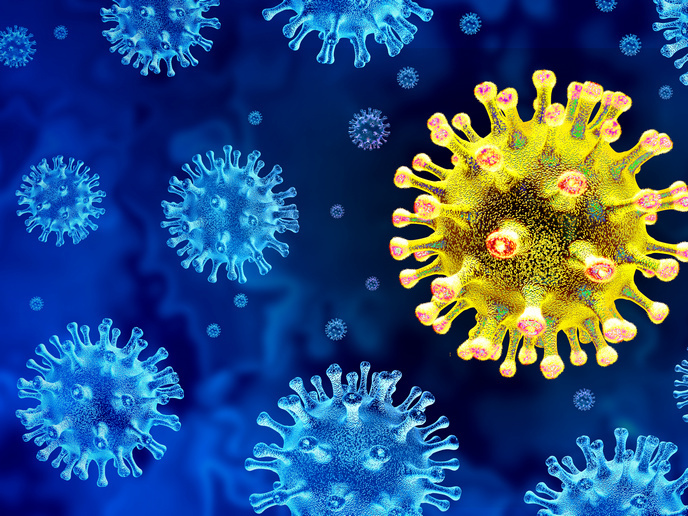Efficient, accurate endometriosis diagnoses powered by AI
Endometriosis – a condition in which tissue similar to the lining of the uterus grows outside the uterus – affects around 190 million women worldwide, yet it often goes undiagnosed. Its symptoms are frequently dismissed, and diagnosis can take anywhere from 4 to 11 years. The EU-funded FEMaLe(opens in new window) project set out to address this challenge, by building clinical decision support tools powered by artificial intelligence (AI). The goal was to help doctors identify endometriosis earlier and with greater precision by analysing a wide range of patient data, from clinical records and self-reported symptoms to genetics and health histories.
Flagging early indicators of endometriosis
“We needed to make the invisible visible,” explains Ulrik Bak Kirk, chief consultant at Aarhus University(opens in new window) and FEMaLe project coordinator. “So, we brought technology to a space that has been neglected for decades.” At its core, FEMaLe used AI to analyse vast amounts of patient information – from clinical records and questionnaires to genetic data – to identify subtle patterns that often elude traditional diagnostics. Endometriosis isn’t a one-size-fits-all disease. The symptoms vary widely, and the data is complex. Rather than focusing on one symptom or test result, the AI looked at the full picture, learning from thousands of data points to flag early indicators of endometriosis. “We applied AI and machine learning to identify early signs that may not have been immediately apparent,” adds Kirk. “The earlier we can detect the disease, the better we can manage it – or even prevent it from progressing.”
Empowering patients with data
The project developed(opens in new window) two key systems: a clinical decision support system (CDSS) for healthcare professionals and a digital companion app for patients. Both were connected through a data infrastructure that allowed continuous feedback and iterative machine learning. FEMaLe’s approach was holistic. It integrated patient voices directly into the development process and its pilots across Denmark, Hungary and Sweden – not just as subjects but as co-creators. Patient organisations and expert panels were part of the consortium from the start, helping ensure the tools were practical, ethical and grounded in lived experience. “We engaged patients from day one,” Kirk remarks. “Their feedback shaped the process every step of the way.” One of the project’s core aims was to cut diagnostic delays. The CDSS supported doctors in assessing the likelihood of endometriosis by flagging combinations of symptoms and health histories that might otherwise be overlooked. Meanwhile, the patient-facing digital companion app gave users more control over their condition. It allowed them to track symptoms, treatments and pain levels over time. This data was anonymised and then fed back into the AI engine, helping it to learn and improve diagnostic suggestions for future users.
Developing new health diagnostics
FEMaLe’s influence has already extended beyond its original scope. Findings have helped develop new diagnostics such as the saliva-based Ziwig Endotest(opens in new window), while in Germany, projects MIRACUM and GECCO are also exploring integrated health data and AI-powered diagnostics, building on learnings from FEMaLe. Now that the project has ended, the focus has turned to what happens next. Stakeholders are exploring how the tools developed can be integrated into national healthcare systems, expanded beyond Europe and adapted to other complex conditions with similar diagnostic challenges. FEMaLe was a collaborative effort to ensure that women’s pain was not just heard, but understood, measured and treated. “This isn’t just about tech,” Kirk concludes. “It’s about trying to end the silence and stigma around a condition that affects so many millions of women.”







